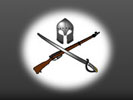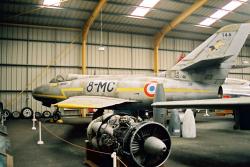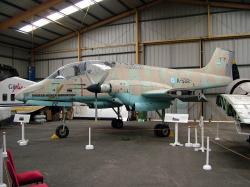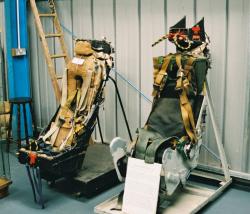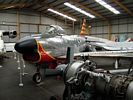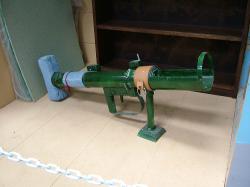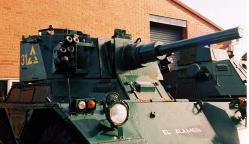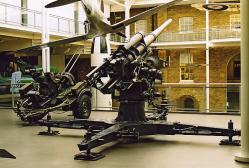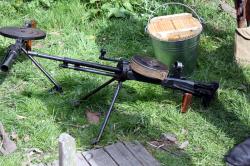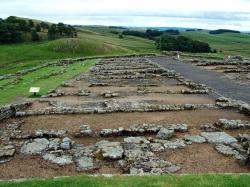Translate this Page
Recent images :
- International Harvester M5 halftrack
- Dassault Mystère Mk IVa number 146
- Ark Royal, Anti-ship missile defence gun.
- RAF Series 2 Land Rover
- Lightweight, air portable Land Rover
- Daimler Ferret Mk 1/2 Armoured Car
- RAF Mountain Rescue Series 3 Land Rover
- French Bronze 6 pounder cannon
- Farsley South African War Memorial
- Farsley War memorial
North East Aircraft Museum, Sunderland.
Images of some of the exhibits in this small but important air museum in the North East of England, in the grounds of the former RAF Unsworth, latterly Sunderland airport then a car factory.
Click on the entry for a larger image and details, or click to go back to the previous index
A de-activated example of the ubiquitous British 1,000lb bomb carried by most of the RAF's ground-attack aircraft and although not sophisticated, effective and cheap.
North East Aircraft Museum, Sunderland, England. October 2004.
The Mystère first flew on 28th Sept 1952, and more than 480 of these single-seat fighter-bombers flew with the French, Indian and Israeli Air Forces in the 1950's and 60's. They were armed with 2 x 30mm DEFA cannons, rockets in an under-fuselage pac...
North East Aircraft Museum, Sunderland, England. Spring 2004.
The Pucara is a ground support and counter-insurgency aircraft used in various airforces around the world, most notably by the Argentinian Air Force during the Falklands War. There it was also found to be effective against hellicopters but vulnerable...
North East Aircraft Museum, Sunderland, England. October 2004.
First introduced in the early 1950's and still serving with various airforces around the world right into the 1990's, the Hunter has been described as Britain's most successful post-war military aircraft. It was also the last in a line of classic fig...
North East Aircraft Museum, Sunderland, England. October 2004.
An essential piece of kit in any modern military aircraft, this image shows a pair of Martin-Baker ejector seats, the likes of which have saved many an aircrews' life since their invention in the mid 1940's. The seat on the left was fitted in an RAF ...
North East Aircraft Museum, Sunderland, England. Spring 2004.
The evocative Sabre of the Korean War, this was one of the most famous fighters of the late 1940's and 1950's. This is an F86D, the all-weather interceptor variant with an elegant extended and re-designed nose housing an array of complex electronics ...
North East Aircraft Museum, Sunderland, England. October 2004.
The Projector, Infantry, Anti Tank weapon or PIAT for short was used by British forces during and after World War 2, particularly by paratroopers when no other anti-tank guns were available for example at Arnhem and Pegasus Bridge. It had to be loade...
North East Aircraft Museum, Sunderland, England. October 2004.
The most famous of the V bombers, and an aircraft to stir the heart of many an airman and enthusiast alike, this Vulcan XL319 served with the famous 617 Sqn in a nuclear strike role. It was able to carry a Blue Steel nuclear missile or 21 x 1,000lb c...
North East Aircraft Museum, Sunderland, England. Spring 2004.
A photograph of the 'belly of the beast'. The underside of the Vulcan clearly shows the bomb-bay doors between the two pairs of engines which would have parted to release it's nuclear payload, had diplomacy failed in the Cold War.
North East Aircraft Museum, Sunderland, England. Spring 2004.
This WE-177 nuclear bomb training round (never armed with atomic material) is an example of part of Britain's nuclear deterrent from 1966 up the the 1980's. The WE-177 was designed to be delivered by Buccaneer, Vulcan and Tornado aircraft and was par...
North East Aircraft Museum, Sunderland, England. October 2004.
